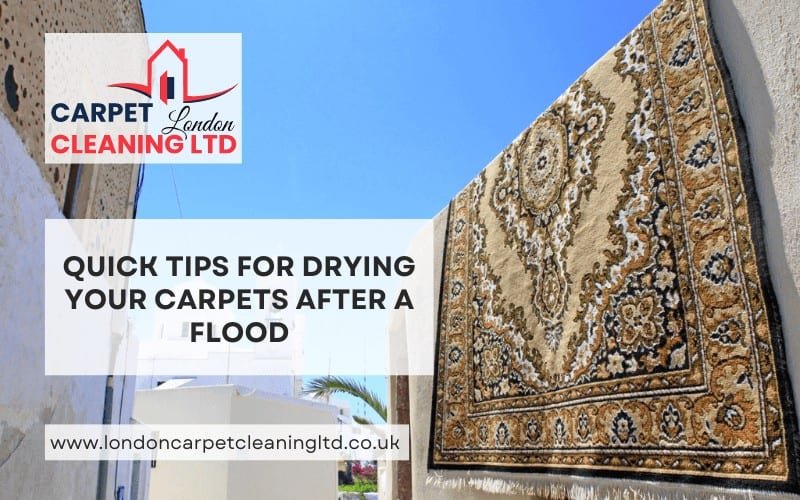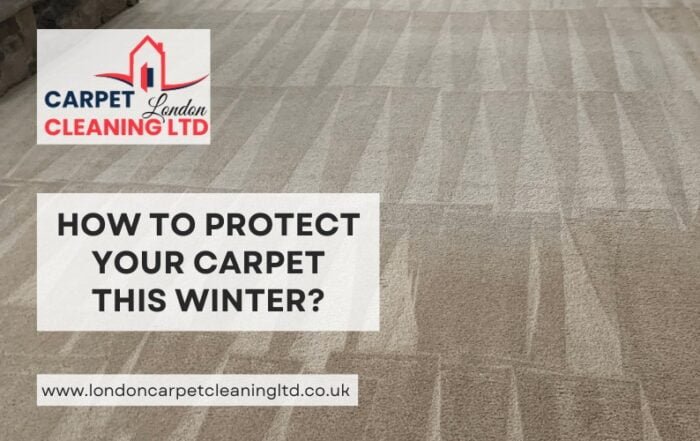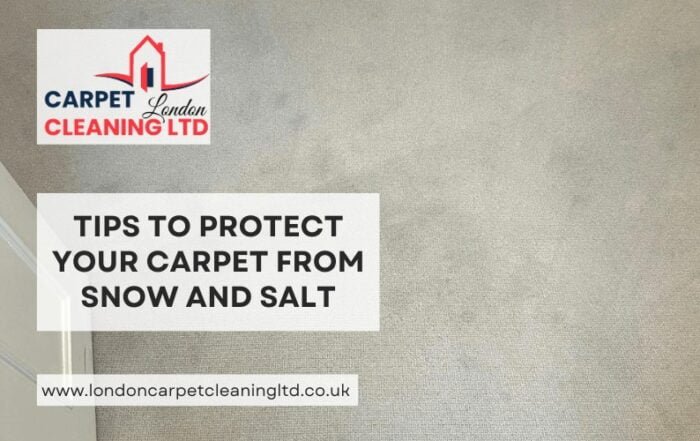
Quick Tips for Drying your Carpets after a Flood
Categories:
Date Posted:
April 27, 2023
Did your carpet get soaked after flooding? If so, there is a greater risk of mould and bacterial growth inside it if you don’t dry it quickly. But drying a carpet is not as easy due to its size. So how do you dry carpets after a flood?
Fortunately, there are ways to do that. And in this article, we will discuss some of them to prevent your carpet from certain damage.
⤀ Move The Furniture
Drying your wall-to-wall carpet can be difficult with all the furniture around the room. Therefore, you should first move the furniture away from the flooded room to protect both the furniture and the carpet.
Removing the furniture will allow you to lift the carpet and check the padding underneath. When you do this, you will get an idea of how much moisture you are dealing with so you can plan your next steps.
⤀ Remove Excess Moisture
Your immediate action to save a flood-damaged carpet should be to remove as much standing water as you can. If the damage is in a small area, do the following.
- Place some towels over the damp areas of the carpet and apply pressure on them.
- Next, replace the damp towels with dry ones and repeat the process until the carpet is less damp.
But if your carpet has sustained greater damage from the flood, you should consider renting a wet vacuum. Unlike a regular vacuum, a wet vacuum can remove both liquid and dry particles. Absorb the excess water with the wet vacuum and throw it out once the tank is full.
⤀ Use Baking Soda

After draining out most of the water from your carpet, you can use baking soda to dry the remaining wet portion of the carpet. Ensure that your carpet is not soaking wet, and do the following.
- Sprinkle a small amount of baking soda over the damp area.
- Let it sit for one to two hours. Then vacuum it up.
The baking soda will absorb the moisture from the carpet, which you can then eliminate. But remember, this method only works if the damaged area is small and not on larger areas.
⤀ Ventilate The Carpet
Once the moisture seeps past the carpet backing, not even wet vacuuming can help much. To remove the moisture underneath the carpet, you have to lift it and dry it out. While this is a tedious task, it is necessary. And here are a few things you can do to speed up the process.
- Open the windows to aerate the area.
- Turn on the fans or invest in a mechanical one to blow air under the carpet pads for faster drying.
- On cold days, turn up the heating to aid in drying.
- Buy or rent a dehumidifier to remove moisture from the air.
⤀ Replace The Padding
Unfortunately, in most floods, the padding of a carpet gets completely damaged. And if your carpet’s padding doesn’t dry within 24 hours, there is a huge risk of mould and mildew infestation.
Mould growth can cause significant health issues, so it is best to replace your carpet padding to avoid that. You can either do it yourself or hire a professional carpet cleaning company to do it.
⤀ Try Steam Cleaning

Your wet carpet, in addition to being a breeding ground for mould and mildew, also smells unpleasant. So once your carpet dries, you can rent a machine to steam clean the carpet yourself or get trained experts to do it for you.
The steam cleaning method, also called hot water extraction, is a popular carpet cleaning method that professionals use. It eliminates any mould and bacterial growth from your carpet and also deodorises it. This effectively removes the lingering musty smell from your carpet.




